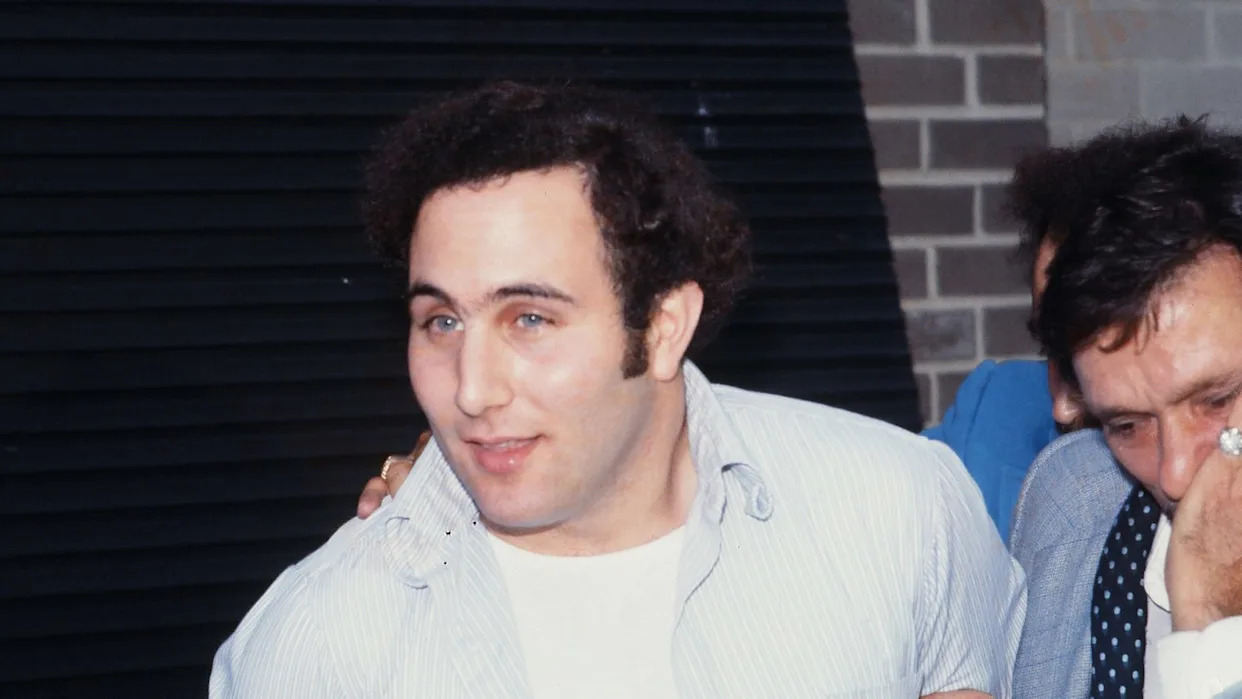
"Hearst Magazines and Yahoo may earn commission or revenue on some items through these links."
Across 13 months of 1976 and 1977, fear over the Son of Sam murders perpetrated by then-unknown serial killer David Berkowitz gripped the citizens of New York City. Six women and men were shot and killed in three of the city’s boroughs in more than a dozen seemingly random attacks. The crimes spawned one of the biggest manhunts of the city’s history.
Tabloid newspapers battled for the latest information as daily sales soared. “It had absolutely everything going for it as a tabloid perfect storm,” Sam Roberts, the Daily News city editor in 1977 told The New York Times of the media frenzy. “It was an ongoing, unfolding crime story that New Yorkers were genuinely terrified about.”
Now, the Son of Sam case is getting a fresh look in Netflix’s crime anthology series Conversations with a Killer, which previously delved into the horrifying acts of Ted Bundy, John Wayne Gacy, and Jeffrey Dahmer. All three episodes of The Son of Sam Tapes begin streaming Wednesday.
For an even deeper look at the case, here’s how one of the most infamous killing sprees in modern history unfolded and how Berkowitz was finally revealed as the Son of Sam killer.
The First Five Shootings
July 29, 1976: The killer attacks his first victims
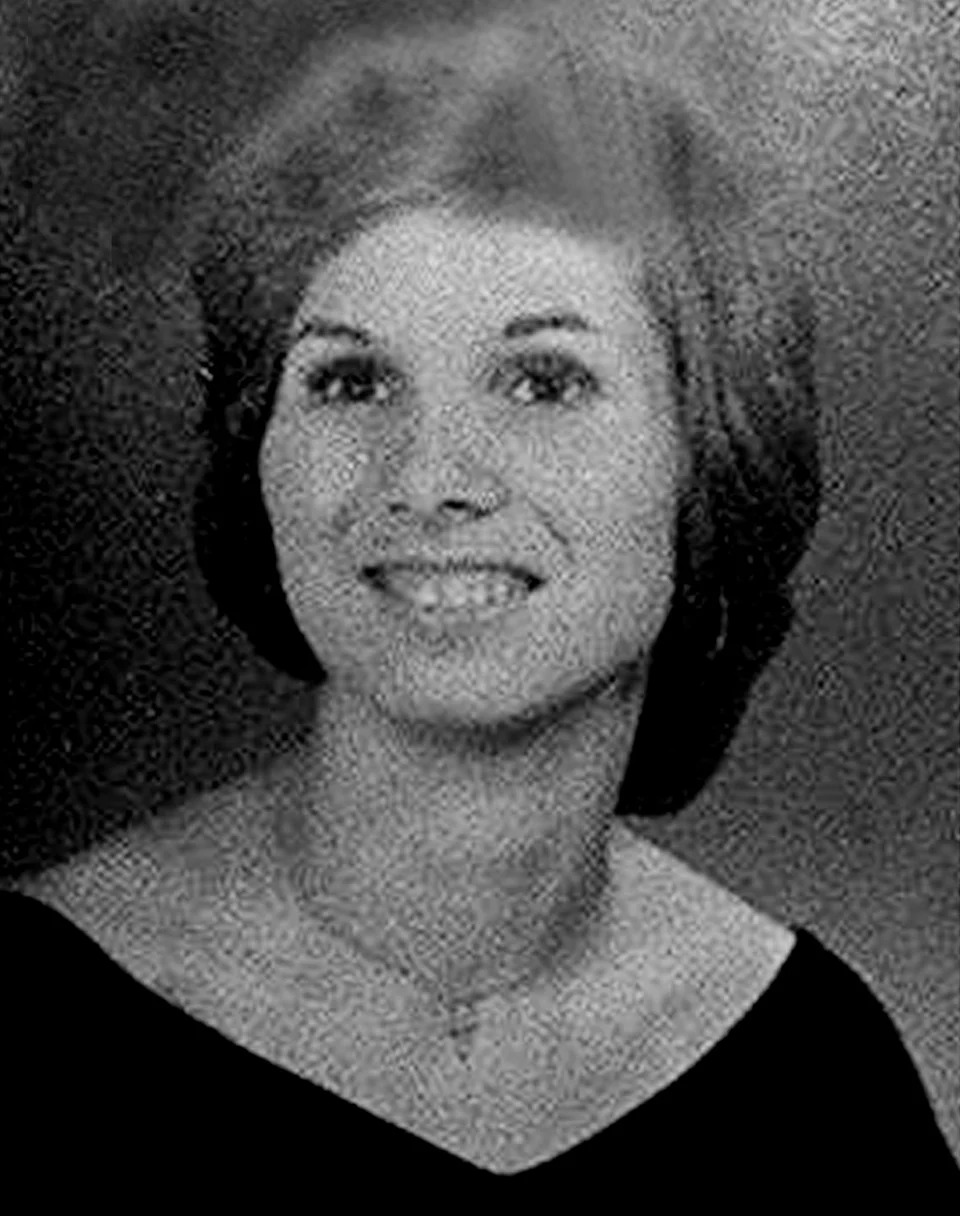
The shootings first attributed to the killer who would become known as the Son of Sam occurs in the Pelham Bay area of the Bronx. Two women, 19-year-old Jody Valenti and 18-year-old Donna Lauria, are sitting in Valenti’s double-parked Oldsmobile when a man approachs the car and fires three bullets. Lauria is killed instantly, and Valenti is shot in the thigh before the man walked quickly away. Valenti described her attacker as a white male in his thirties, approximately 5-foot-8 and about 200 pounds with short, dark, curly hair.
October 23, 1976: Two more people are shot but survive
Carl Denaro, 20, and Rosemary Keenan, 18, are shot at while sitting in a parked car in a residential area of Flushing, Queens. Denaro is struck in the head by one of the bullets, but both he and Rosemary survive. Police later speculated Denaro might have been mistaken for a woman due to his shoulder-length hair.
November 27, 1976: Two teens are attacked by a man in military fatigues
Following a late movie, 16-year-old Donna DeMasi and 18-year-old Joanne Lomino head to Lomino’s home in Floral Park, Queens, when they are approached on the street by a man dressed in military fatigues who produces a revolver and shoots each woman once. Their attacker fires several more times before running away. Although shot in the neck, DeMasi survives without permanent injury. Lomino is shot in the back and is paralyzed.
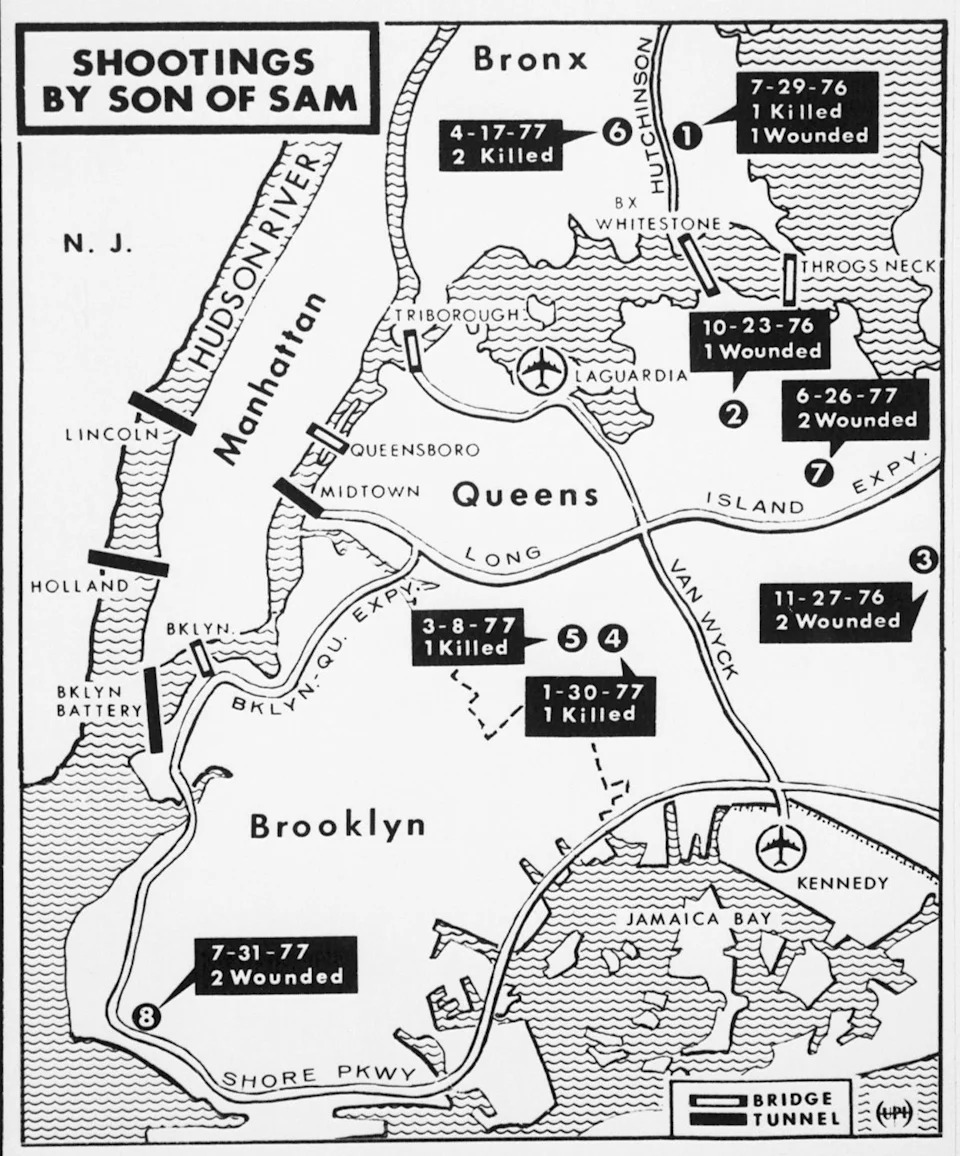
January 30, 1977: Another attack with seemingly no motive
Christine Freund, 26, and her 30-year-old fiancé, John Diel, are shot as they sit in Diel’s car in Flushing, Queens. Panicked, Diel speeds away. He suffers minor injuries, but Freund, who was shot twice, later dies in hospital.
Like the previous attacks there appeared to be no motive, but following this murder, the police make the first public acknowledgment that the shooting bears similarities to earlier incidents. All the victims had been struck with.44 caliber bullets, and the assailant appeared to be attacking young women with long, dark hair. At the time, police said they were looking for multiple suspects.
March 8, 1977: A college student is attacked in the same area
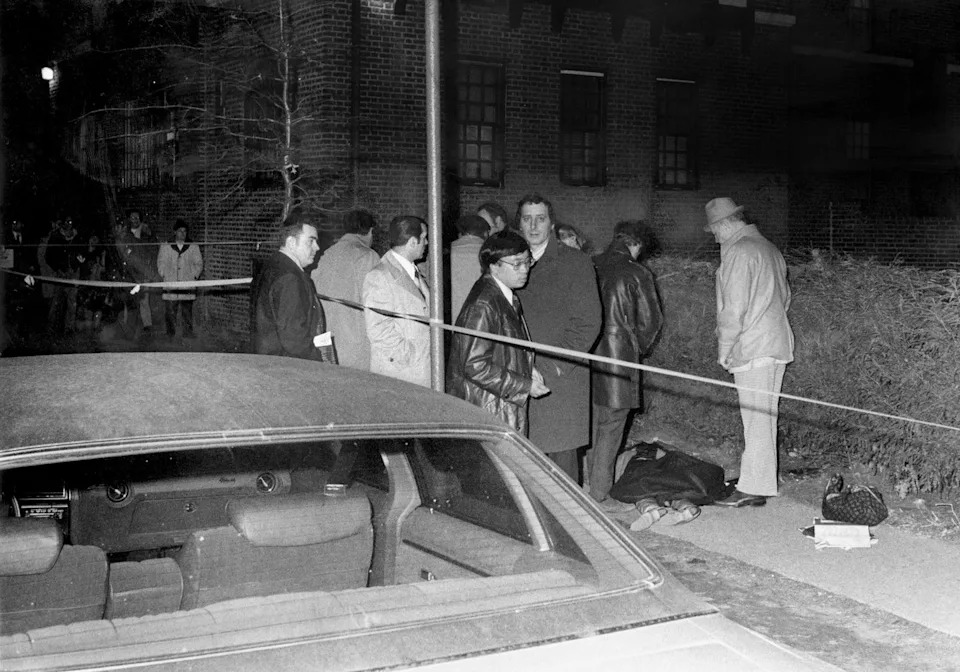
Returning home in the evening after college classes, 19-year-old Virginia Voskerichian is shot in the head and dies instantly. She had lived in the same neighborhood where Freund was attacked. With local newspapers the Daily News and New York Post now reporting on the shootings on a daily basis, it’s revealed at a press conference two days after Voskerichian’s murder that police strongly suspect the same.44 Bulldog revolver had been used in the attacks.
The Son of Sam Goes Public
April 17, 1977: The killer announces his identity for the first time at another murder scene
In the early hours of the morning, 18-year-old Valentina Suriani and her 20-year-old boyfriend Alexander Esau are sitting in Suriani’s car near her home in the Bronx when they are each shot twice. Esau dies at the scene, and Suriani dies later in hospital. For the first time, the killer announces his identity via a handwritten note left for police at the crime scene in which he refers to himself as “Son of Sam” and promises the killings would continue.
May 30, 1977: A columnist receives a handwritten letter from someone claiming to be the killer
Daily News columnist Jimmy Breslin receives a handwritten letter from someone claiming to be the shooter. Within, the writer namechecks one of the first victims, Donna Lauria, warning Breslin to “not forget [her] and you cannot let the people forget her either. She was a very, very sweet girl but Sam’s a thirsty lad and he won’t let me stop killing until he gets his fill of blood.” The letter was signed “Son of Sam.”
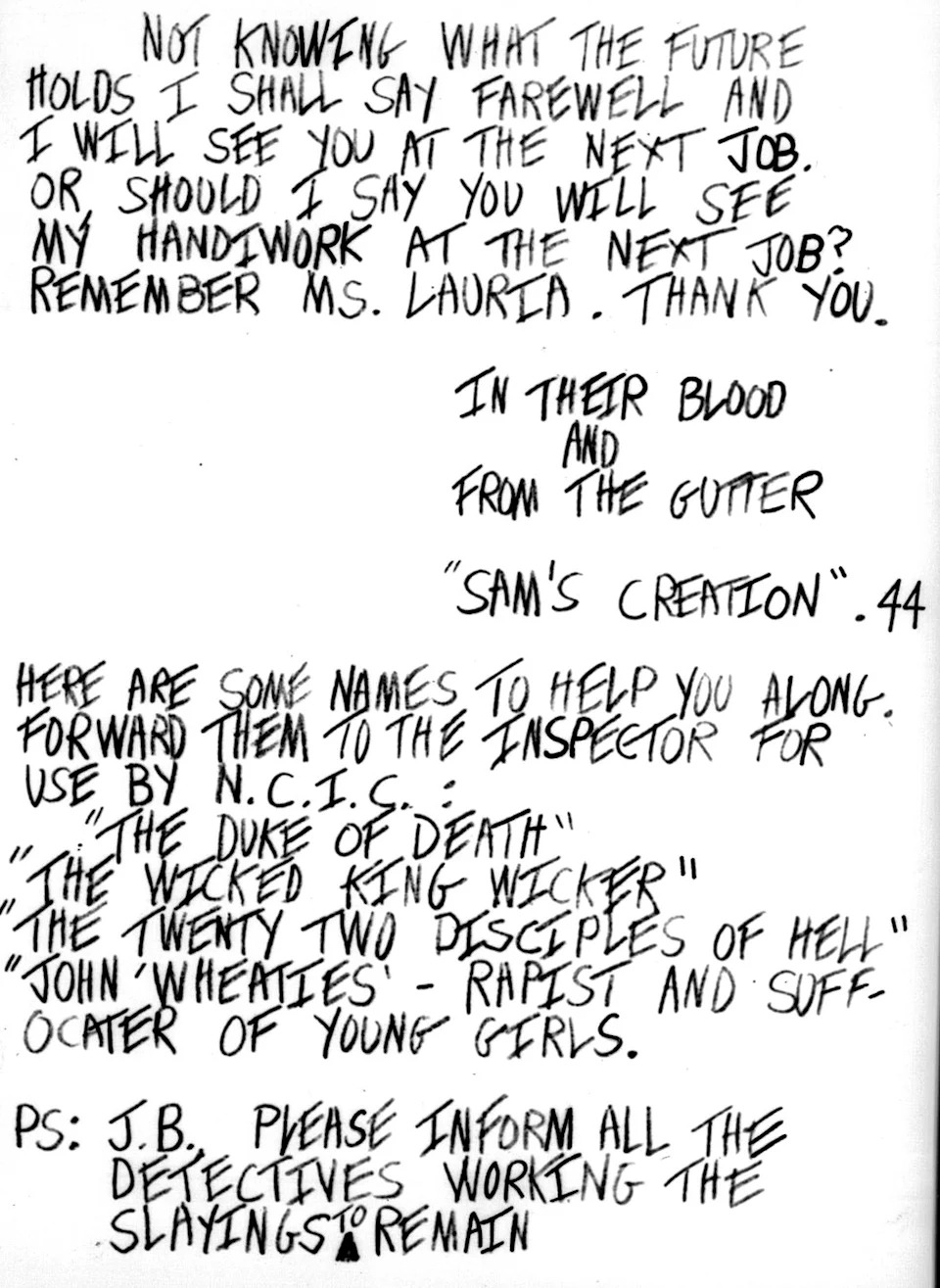
The Daily News presents the missive to police and, 10 days later, publishes a redacted version in what would become one of the paper’s biggest selling issues ever with more than 1 million copies sold. With reports now circulating that the victims all had long, dark hair, women in New York begin cutting their hair short or employing bright dyes to alter their appearance.
June 26, 1977: A couple is attacked outside a club
After leaving a disco in Bayside, Queens, 17-year-old Judy Placido and 20-year-old Sal Lupo are shot while sitting in Lupo’s parked car. Both survive their injuries, with Lupo reportedly telling the police he and Placido had been discussing the Son of Sam killer only minutes before the attack.
July 31, 1977: The first attack involving a victim with blonde hair
Robert Violante, 20, and Stacy Moskowitz, 19, are shot in Violante’s car while on their first date. Volante loses his left eye, and Moskowitz dies 18 hours after the attack, which was the first to take place in the borough of Brooklyn and the first involving a victim, Moskowitz, with blonde hair.
Days later, an eyewitness comes forward claiming to have seen a man with what looked like a gun minutes before the Brooklyn shootings. The witness also reports that police officers were writing parking tickets in the same area that night. A search reveals one of the ticketed cars that night belonged to Berkowitz, who was already being investigated over complaints of harassment to a neighbor.

Capture and Confession
August 10, 1977: Berkowitz is arrested outside his home
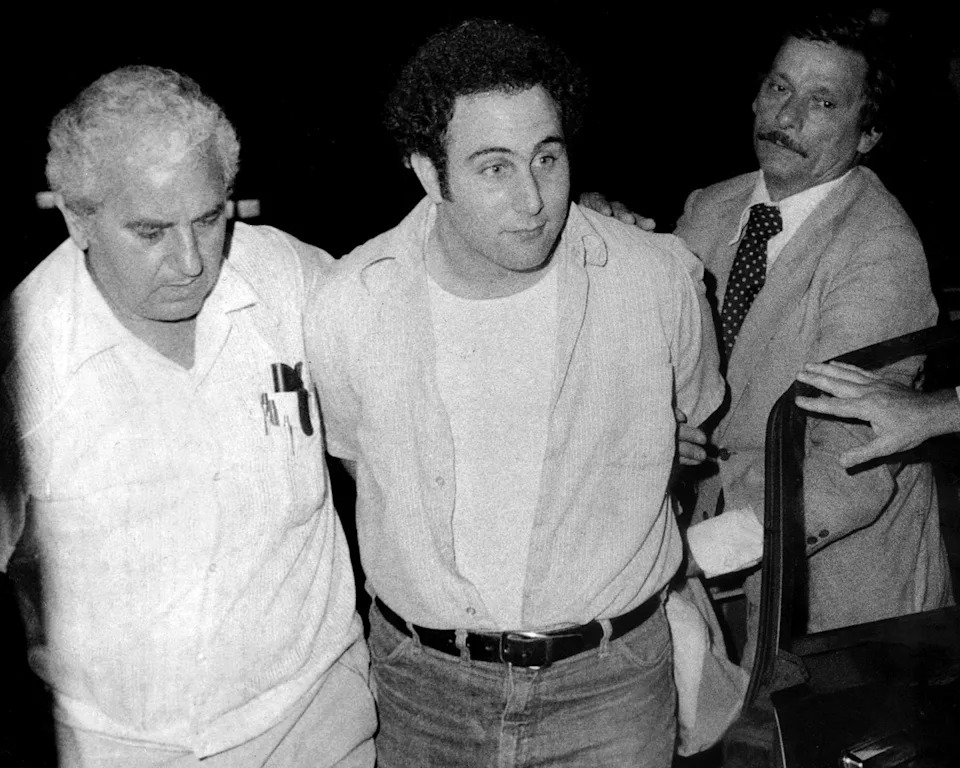
Berkowitz of Yonkers, New York, is arrested in front of his apartment building. Police had investigated his car and discovered a rifle in the back seat, maps of the crime scenes, and ammunition. Waiting until Berkowitz left the apartment building, police arrest the 24-year-old as he sits behind the wheel of his car. A bag containing the.44 caliber revolver is recovered next to him, and a smiling Berkowitz reportedly says to the arresting officer, “Well, you got me.”
August 11, 1977: Berkowitz confesses as the Son of Sam killer
A day after his arrest, Berkowitz confesses to the shootings. He claims that Sam was a demonic spirit who spoke to him via his former neighbor’s black labrador. Berkowitz also tells police he was responsible for 1,500 fires set around the city. He was 23 at the time of the first murder.
May 8, 1978: Berkowitz pleads guilty to the murders
Berkowitz withdraws an insanity defense and pleads guilty to six murders. He is later sentenced to six 25-years-to-life sentences for the crimes and has been denied parole ever since.
Following his arrest, Berkowitz made statements that he had been part of a violent cult that aided him in carrying out the attacks and murders. Although no hard evidence has been uncovered to support the claim, many people still wonder if Berkowitz was acting alone. According to Jim Rothstein, a retired New York Police Department detective who was working on the vice squad during the Son of Sam killings and investigated suspicions a satanic cult was behind much of the violent criminal activity during the 1970s, Berkowitz “didn’t do all the killings."
“Once they locked up Berkowitz and blamed him for everything, they said it was done,” Rothstein told A&E True Crime. “But Berkowitz was just the guy who took the rap. It was a much bigger thing.”
“I see that people will never understand where I come from, no matter how much I try to explain it,” Berkowitz told CBS News in a rare 2017 television interview. “They wouldn’t understand what it was like to walk in darkness.”
You Might Also Like
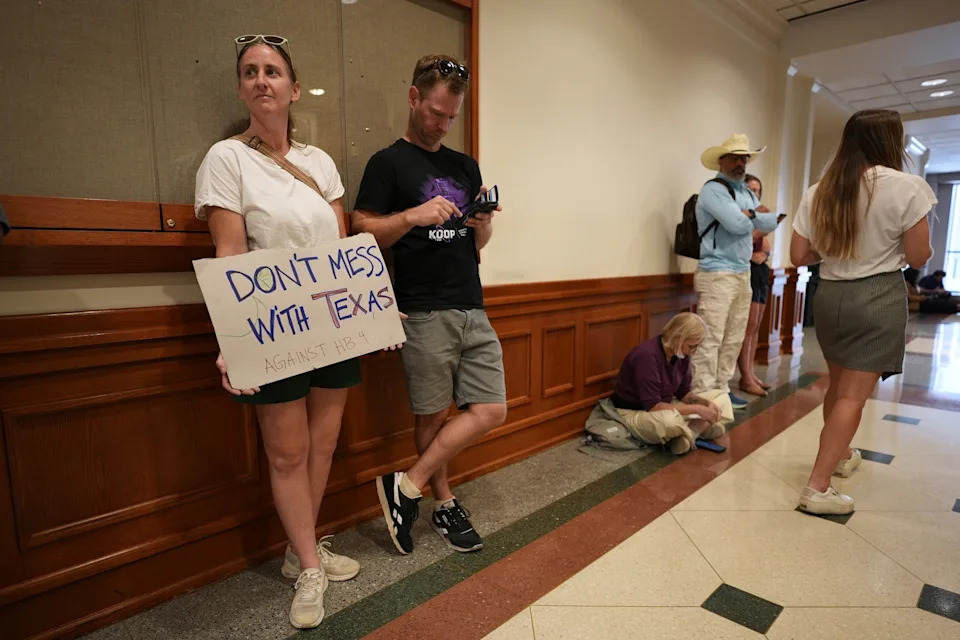
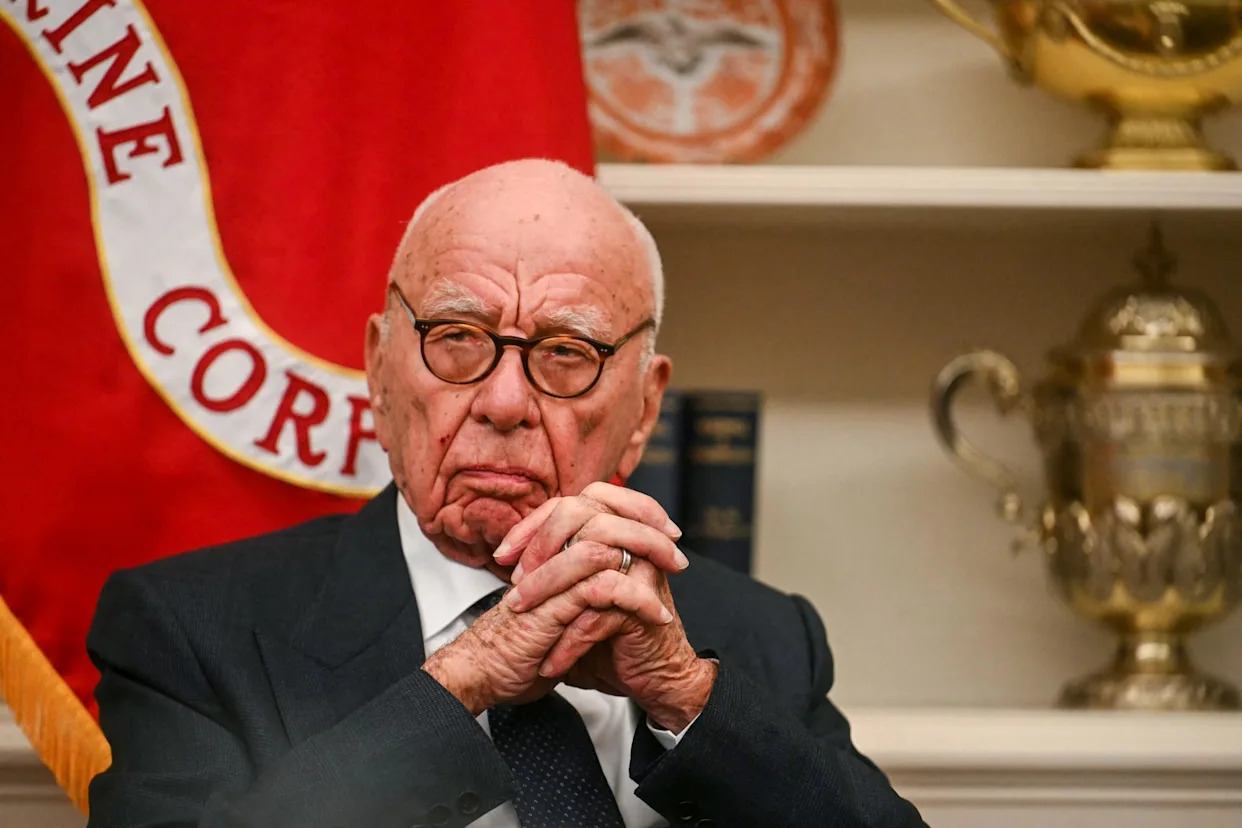

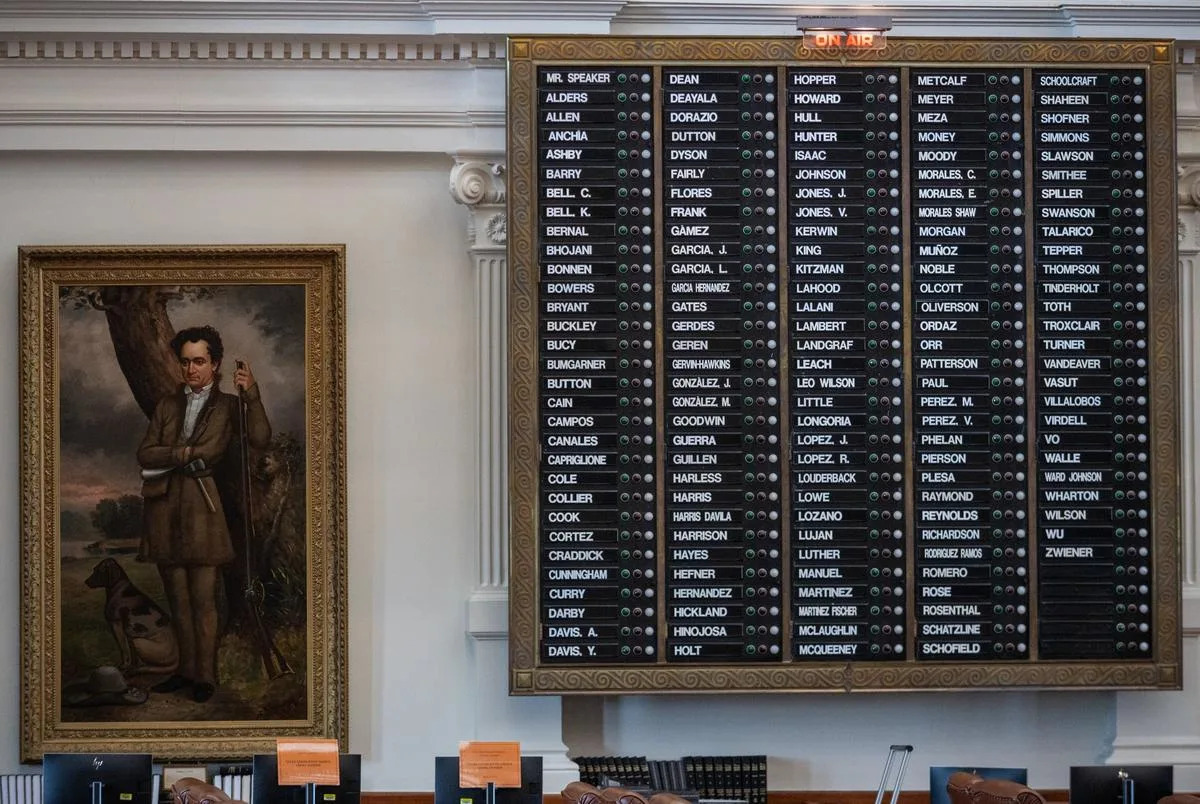

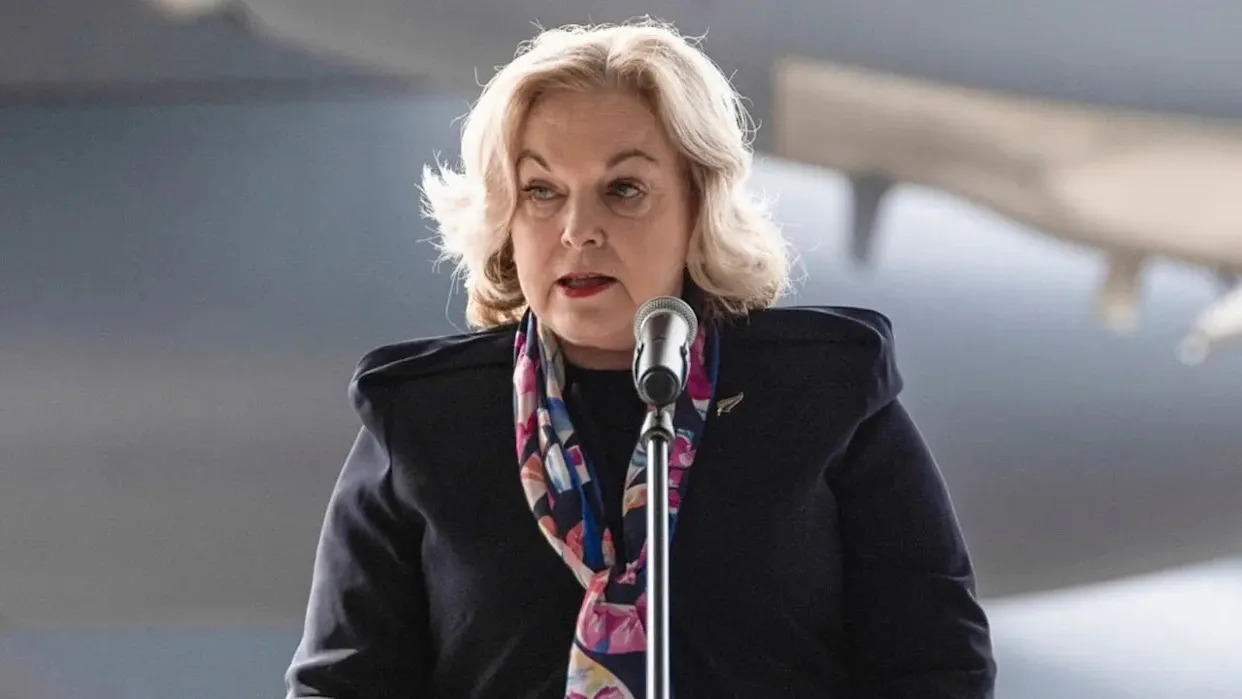
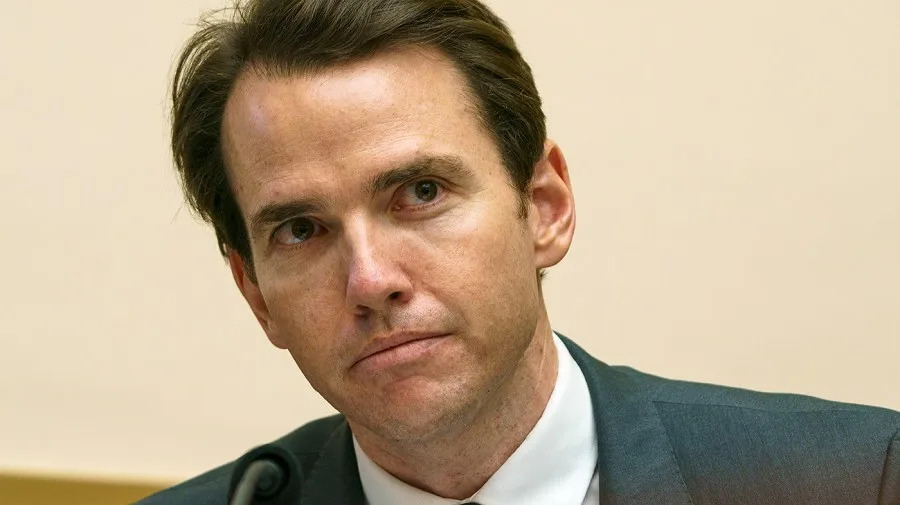
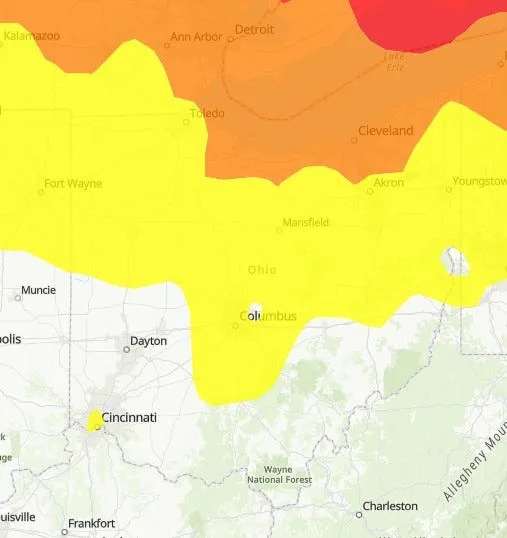
Comments